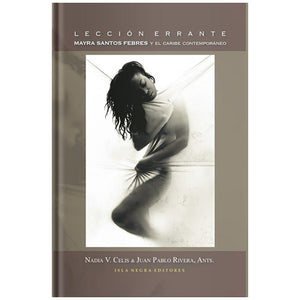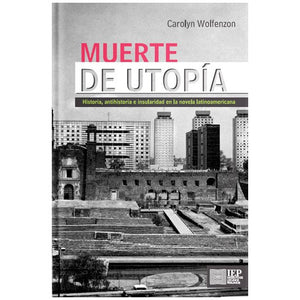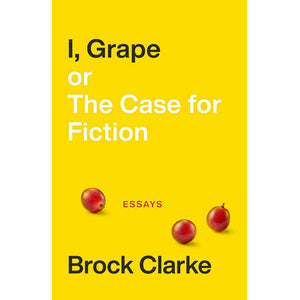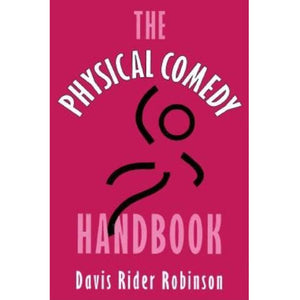{"id":32898562,"title":"The Deceivers — Briefel","handle":"the-deceivers-art-forgery-identity-in-the-nineteenth-century","description":"\u003cspan style=\"font-weight: bold;\"\u003e By Aviva Briefel\u003c\/span\u003e\u003cbr style=\"font-weight: bold;\"\u003e\u003ca href=\"http:\/\/www.bowdoin.edu\/faculty\/a\/abriefel\/\"\u003e\u003cspan style=\"font-weight: bold;\"\u003eProfessor of English and Cinema Studies\u003c\/span\u003e\u003c\/a\u003e\u003cbr\u003e \u003cbr\u003e The nineteenth century witnessed an unprecedented increase in art forgery, caused both by the advent of national museums and by a rapidly growing bourgeois interest in collecting objects from the past. This rise had profound repercussions on notions of selfhood and national identity within and outside the realm of art. Although art critics denounced forgery for its affront to artistic traditions, they were fascinated by its power to shape the human and object worlds and adoped a language of art forgery to articulate a link between the making of fakes and the making of selves. \u003cspan style=\"font-style: italic;\"\u003eThe Deceivers\u003c\/span\u003e explores the intersections among artistic crime, literary narrative, and the definition of identity.\u003cbr\u003e \u003cbr\u003e Literary texts joined more specialized artistic discourses in describing the various identities associated with art forgery: the forger, the copyist, the art expert, the dealer, the restorer. Built into new characters were assumptions about gender, sexuality, race, and nationality that themselves would come to be presented in a language of artistic authenticity. Aviva Briefel places special emphasis on the gendered distinction between male forgers and female copyists. \"Copying,\" a benign occupation when undertaken by a woman, became \"forgery,\" laden with criminal intent, when performed by men. Those who could successfully produce, handle, or detect spurious things and selves were distinguished from others who were incapable of distinguishing the authentic from the artistic and human forgeries.\u003cbr\u003e \u003cbr\u003e Through close reading of literary narratives such as \u003cspan style=\"font-style: italic;\"\u003eTrilby\u003c\/span\u003e and \u003cspan style=\"font-style: italic;\"\u003eThe Marble Faun\u003c\/span\u003e as well as newspaper accounts of forgery scandals, \u003cspan style=\"font-style: italic;\"\u003eThe Deceivers\u003c\/span\u003e reveals the identities -- both authentic and fake -- that emerged from the Victorian culture of forgery.\u003cbr\u003e - From the jacket.\u003cbr\u003e \u003cbr\u003e Hardcover.","published_at":"2011-02-22T10:32:00-05:00","created_at":"2011-02-22T10:32:30-05:00","vendor":"Bowdoin College","type":"Book","tags":["Art","Bowdoin Faculty","History"],"price":4195,"price_min":4195,"price_max":4195,"available":true,"price_varies":false,"compare_at_price":3995,"compare_at_price_min":3995,"compare_at_price_max":3995,"compare_at_price_varies":false,"variants":[{"id":77640402,"title":"Default","option1":"Default","option2":null,"option3":null,"sku":"WBF141","requires_shipping":true,"taxable":true,"featured_image":null,"available":true,"name":"The Deceivers — Briefel","public_title":null,"options":["Default"],"price":4195,"weight":0,"compare_at_price":3995,"inventory_quantity":2,"inventory_management":"shopify","inventory_policy":"deny","barcode":"9780801444609","requires_selling_plan":false,"selling_plan_allocations":[]}],"images":["\/\/store.bowdoin.edu\/cdn\/shop\/products\/wbf141-briefel-deceivers.jpg?v=1614030628"],"featured_image":"\/\/store.bowdoin.edu\/cdn\/shop\/products\/wbf141-briefel-deceivers.jpg?v=1614030628","options":["Title"],"media":[{"alt":"The Deceivers by Aviva Briefel","id":7516078014553,"position":1,"preview_image":{"aspect_ratio":1.0,"height":550,"width":550,"src":"\/\/store.bowdoin.edu\/cdn\/shop\/products\/wbf141-briefel-deceivers.jpg?v=1614030628"},"aspect_ratio":1.0,"height":550,"media_type":"image","src":"\/\/store.bowdoin.edu\/cdn\/shop\/products\/wbf141-briefel-deceivers.jpg?v=1614030628","width":550}],"requires_selling_plan":false,"selling_plan_groups":[],"content":"\u003cspan style=\"font-weight: bold;\"\u003e By Aviva Briefel\u003c\/span\u003e\u003cbr style=\"font-weight: bold;\"\u003e\u003ca href=\"http:\/\/www.bowdoin.edu\/faculty\/a\/abriefel\/\"\u003e\u003cspan style=\"font-weight: bold;\"\u003eProfessor of English and Cinema Studies\u003c\/span\u003e\u003c\/a\u003e\u003cbr\u003e \u003cbr\u003e The nineteenth century witnessed an unprecedented increase in art forgery, caused both by the advent of national museums and by a rapidly growing bourgeois interest in collecting objects from the past. This rise had profound repercussions on notions of selfhood and national identity within and outside the realm of art. Although art critics denounced forgery for its affront to artistic traditions, they were fascinated by its power to shape the human and object worlds and adoped a language of art forgery to articulate a link between the making of fakes and the making of selves. \u003cspan style=\"font-style: italic;\"\u003eThe Deceivers\u003c\/span\u003e explores the intersections among artistic crime, literary narrative, and the definition of identity.\u003cbr\u003e \u003cbr\u003e Literary texts joined more specialized artistic discourses in describing the various identities associated with art forgery: the forger, the copyist, the art expert, the dealer, the restorer. Built into new characters were assumptions about gender, sexuality, race, and nationality that themselves would come to be presented in a language of artistic authenticity. Aviva Briefel places special emphasis on the gendered distinction between male forgers and female copyists. \"Copying,\" a benign occupation when undertaken by a woman, became \"forgery,\" laden with criminal intent, when performed by men. Those who could successfully produce, handle, or detect spurious things and selves were distinguished from others who were incapable of distinguishing the authentic from the artistic and human forgeries.\u003cbr\u003e \u003cbr\u003e Through close reading of literary narratives such as \u003cspan style=\"font-style: italic;\"\u003eTrilby\u003c\/span\u003e and \u003cspan style=\"font-style: italic;\"\u003eThe Marble Faun\u003c\/span\u003e as well as newspaper accounts of forgery scandals, \u003cspan style=\"font-style: italic;\"\u003eThe Deceivers\u003c\/span\u003e reveals the identities -- both authentic and fake -- that emerged from the Victorian culture of forgery.\u003cbr\u003e - From the jacket.\u003cbr\u003e \u003cbr\u003e Hardcover."}
The Deceivers — Briefel
Related Products
Sabor Judío — Boyle
$40.00
Lección Errante — Celis
$26.00
I, Grape — Clarke
$17.00
Shen Gua’s Empiricism — Zuo
$49.95












